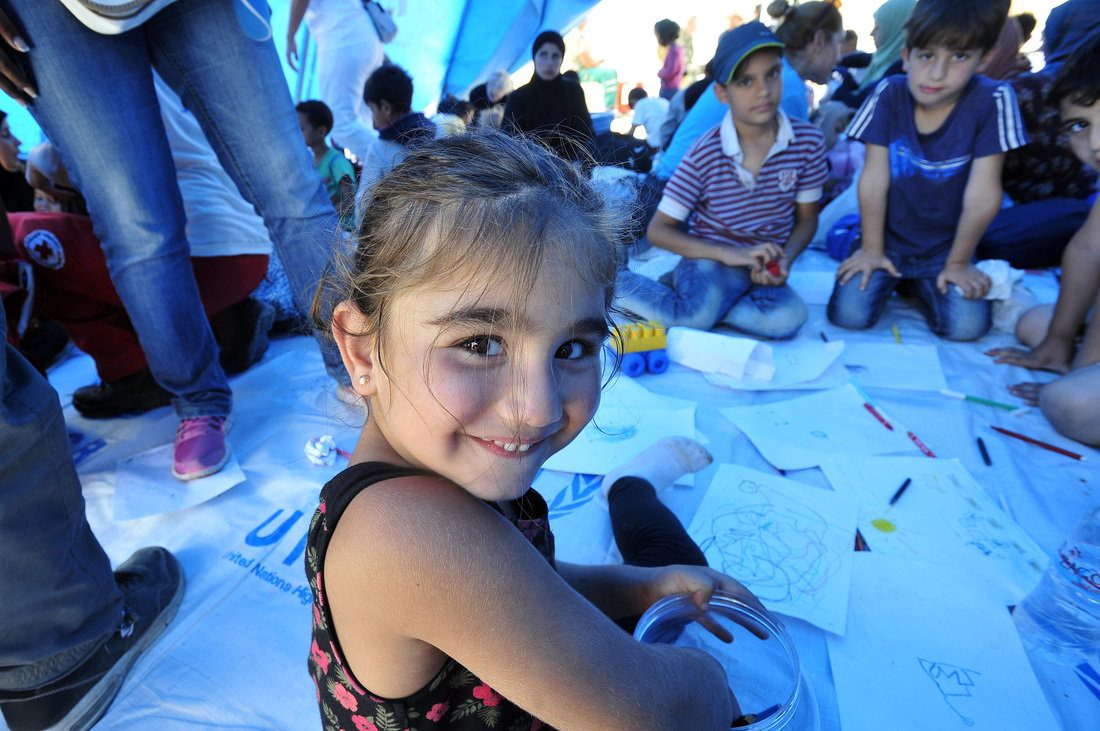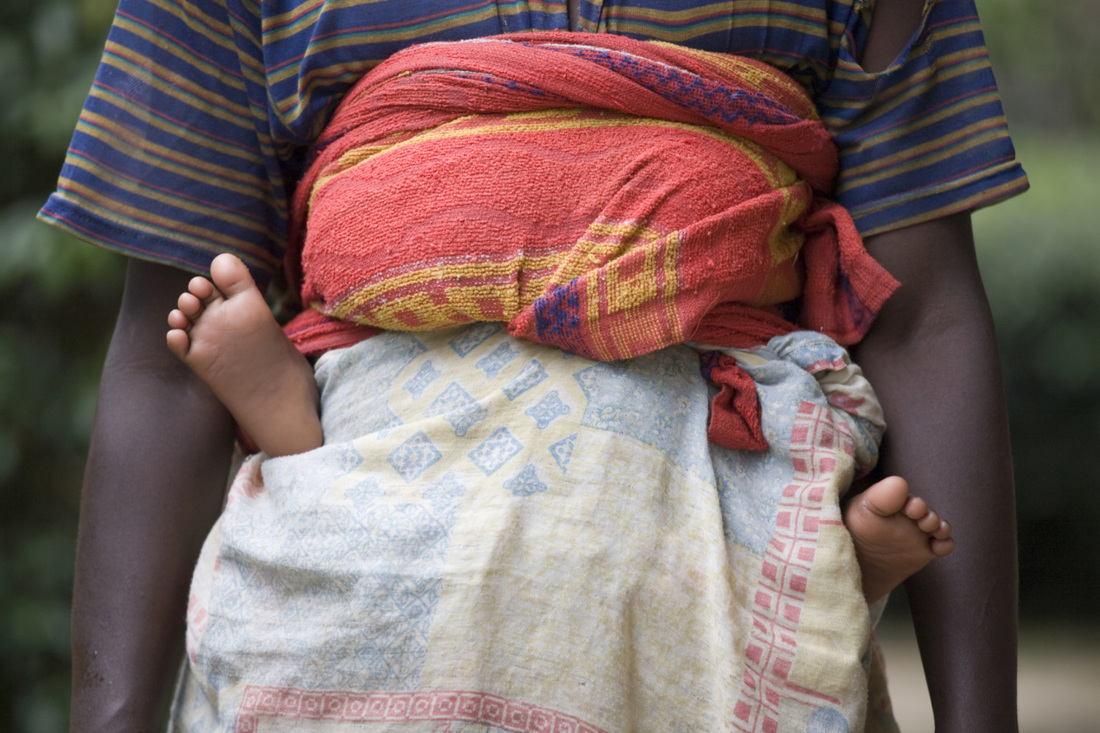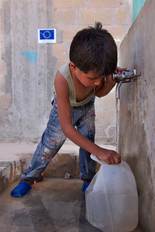the always project was formed by two US Bay Area clinical trauma psychologists
and a few young humanitarian aid workers new to the field
beginning to serve in Jordanian camps for Syrian children.
All were part of a historic international movement to address
the growing international refugee crisis
driven by horrific, perpetual armed conflict spreading
across Northern Africa, Syria, neighboring countries,
resulting in mass forced displacement of people from their homes.
We are a compassionate, trauma-focused global initiative, an independent, US based nonprofit,
committed to improving the scope, quality, and rapidity of implementing
psychological support for war/armed conflict-affected children in border camps and groups by
providing rapid, accurate, need and evidence-based, non-threatening, conversational psychological assessment
designed to closely link accurate, rapid child/youth trauma assessment to treatment intervention.
This allows us to knowledgeably and accurately link post-conflict childrens’ profiles of recollected
1) experienced war trauma, 2) their manner of coping, and 3) their remaining psychosocial (situational) symptoms
(or, more seriously, psychiatric symptoms) to personalized (precision) psychosocial or psychiatric intervention (treatment).
We collaborate with indigenous mental health and aid workers already working
with trauma populations, learning from them contributing through grant-writing with issues unique to children
exposed to emergency crisis situations: sudden/extreme, effects of being invaded, driven out of their homes and countries,
as well as the integenerational effects of perpetual trauma, loss, ongoing bereavement and the ever-present
gender-based aspects of war trauma, the stigmatizing aspects of being stateless; and the dangers of being
'traveling children' on the run without language capability, knowledge about safe destination, adequate traveling protection, clothing, food, etc.
They are by far among the world's most vulnerable.
Field workers and aid workers will be trained to offer evidence-based healing meditation and prayer practices for children,
as well as art/art therapy interventions - all available after the assessment phase.
we remain collaborative with existing aid/humanitarian services, and many of our workers also continue working
with other groups, agencies.
is this world war III ?
we take time to look for leaders and agencies already working successfully,
and carefully explore context, wherever we consider serving.
risk, danger, humanitarian need, relevant history, geography, religio-political issues ---
regarding context, and especially historical context, we have been acutely interested in the the perspective of the generous
and courageous Hashemites of Jordan, a people who know the roots/history of the current conflicts and exploding refugee crisis well,
and upon whom the most devastating burden of assistance, provision, protection, and defense of the millions of forcibly displaced
children, adults, and families initially fell and continues to fall today.(a number of our initial personnel worked first for Save the
Children Jordan's Za'atri Camp, among the vast array of Jordanian Camps for Syrian Children).
*we invite you to listen to His Royal Majesty King Abdullah II of Jordan, Ruler of the Hashemite Kingdom:
CBS NEWS' 60 minutes interview (all rights reserved)
*You may also wish to listen His Majesty's recent brief remarks here:
US National Prayer Breakfast, NEW YORK, 7 September 2016
UNICEF PRESS CENTER (all rights reserved)
Across the globe, nearly 50 million children have been uprooted – 28 million of them driven from their homes by conflicts not of their making, -- millions more migrating in the hope of finding a better, safer life.
Most of these children and youth wander and die within their own countries before ever reaching the border.
Often traumatized by the conflicts and violence they are fleeing, they face further dangers along the way, including the risk of drowning on sea crossings, malnourishment and dehydration, trafficking, kidnapping, rape, murder.
In countries they travel through and at their destinations, they face xenophobia and discrimination.
A recent report released by UNICEF, Uprooted: The growing crisis for refugee and migrant children, presents new data that paint a sobering picture of the lives and situations of millions of children and families affected by violent conflict and other crises that make it seem safer to risk everything on a perilous journey than remain at home.
“Indelible images of individual children – Aylan Kurdi’s small body washed up on a beach after drowning at sea or Omran Daqneesh’s stunned and bloody face as he sat in an ambulance after his home was destroyed – have shocked the world,”
according to UNICEF Executive Director Anthony Lake.
“But each picture, each girl or boy, represents many millions of children in danger – and this demands that our compassion
for the individual that we see be matched with action for all children.”
this is why we are so increasingly concerned!
see uprooted! from UNICEF Report 9.30.2016
• Children represent a disproportionate and growing proportion of those who have sought refuge outside their countries of birth: they make up about a third of the global population but about half of all refugees. In 2015 around 45 per cent of all child refugees under UNHCR’s protection came from Syria and Afghanistan, currently, that percentage has risen to half.
• 28 million plus children have been driven from their homes by violence and conflict within and across borders, including 10 million child refugees; 1 million asylum-seekers whose refugee status has not yet been determined; an estimated 17 million
children displaced within their own countries – children in dire need of humanitarian assistance, access to critical services.
• More and more children are crossing borders on their own. In 2015, over 100,000 unaccompanied minors applied for asylum
in 78 countries – triple the number in 2014. Unaccompanied children are among those at the highest risk of exploitation and abuse, including by smugglers and traffickers, and by police in the receiving countries.
• About 20 million other international child migrants have left their homes for a variety of reasons including extreme poverty or gang violence. Many are at particular risk of abuse and detention because they have no documentation, have uncertain legal status, and there is no systematic tracking and monitoring of their well-being – children falling through the cracks.
refugee facts by country
- TURKEY: largest total number recent refugees, largest number child refugees
- Relative to its population, LEBANON: largest number of refugees by an overwhelming margin: roughly 1 in 5 people in Lebanon is a refugee.
- By comparison, there is roughly only 1 refugee for every 530 people in the UK and only 1 refuge for every 1,200 in the US
- by income level, however, the DEMOCRATIC REPUBLIC OF CONGO, ETHIOPIA, PAKISTAN host the HIGHEST CONCENTRATION of refugees.
Where there are safe and legal routes, migration can offer opportunities for both the children who migrate and the communities they join.
***An analysis of the impact of migration in high-income countries found that
- migrants contributed more in taxes and social payments than they received;
- filled both high- and low-skilled gaps in the labour market; and
- contributed to economic growth and innovation in hosting countries.
But, crucially, CHILDREN who have left or are forcibly displaced from their homes
often lose out on the potential benefits of migration, such as education –
(though education is a major driving factor for many children and families who choose to migrate.
- A refugee child is five times more likely to be out of school than a non-refugee child.
- When they are able to attend school at all, it is the place migrant and refugee children are most likely to encounter discrimination – including unfair treatment and bullying.
- Outside the classroom, legal barriers prevent refugee and migrant children
- from receiving services on an equal basis with children who are native to a country.
- In the worst cases, xenophobia can escalate to direct attacks.
- In Germany alone, authorities tracked 850 attacks against refugee shelters in 2015.
What price will we all pay if we fail to provide refugee children and youth with opportunities for education, a more normal childhood?
How will they be able to contribute positively to their societies?
f they can’t, not only will their futures be blighted, but their societies will be diminished as well,” Lake said.
6 specific actions that will protect & help displaced,
refugee & migrant children:
Protecting child refugees and migrants, particularly unaccompanied children
from exploitation and violence.
- Ending the detention of children seeking refugee status or migrating byintroducing a range of practical alternatives.
- Keeping families together as the best way to protect children and give children legal status.
- Keeping all refugee/migrant children learning; giving them access to health/other quality services.
- Pressing for action on underlying causes of large-scale movements of refugees/ migrants.
- Promoting measures to combat xenophobia, discrimination and marginalization.
***Children worldwide live and die with the results of various tribal wars in geopolitically unstable border regions of countries such as Tanzania, Burundi, Kenya, Somalia.
Always Be Listening works in all four countries
- In some cases, children have been left behind unintentionally, sole survivors of massacres.
- They may have been taken captive by official military or by some of hundreds or thousands of transient, informal militias or raiders, --
- they may have been traded or sold repeatedly, used as collateral, barter, or trade, trained as child soldiers or suicide bombers
- and somehow escaped (sometimes with infants, only to find they are no longer welcome in their homes and villages - now considered mothers of "shadow babies".
- Migrating children who survive crossing the sea by boat or raft -- or survive wandering within their countries of origin long enough to reach the border and attempt to cross it (the most dangerous zone of all in their desperate search for safety and refuge) -- are often delayed there indefinitely, utterly vulnerable, open season for exploitation, highly susceptible to terrorist recruitment such as by Taliban along the border of Pakistan and Afghanistan, who target impoverished, unschooled, unskilled, jobless, homeless and hungry adolescent orphans.
- Trafficking of every kind pervades the ancient routes sought by many of these children and youth-- increasingly a menace for those who eventually reach European camps - traffickers intercept them within hours of their arrival and barrage them with seductive promises. Their continued attempts to lure particularly the youngest of the children away from the camps hasbecome a major concern.
- Displaced children are extremely vulnerable. Not only are they physically frail by this point, and needy, they rarely understand the languages being spoken, are utterly inexperienced and unsophisticated regarding city life.
- Risks unique to Unaccompanied Traveling Children: vulnerability and exploitation As children cannot be locked safely into the shelters' facilities, some camps are attempting to reach the younger youth quickly through designated, specially trained personnel and unique, modified curriculum designed to impart basic "street"and general "survival" skills (elementary language phrases, basic street skills, familiarity with money, learning how to use transportation, etc., where to turn for emergency assistance) to give them a fighting chance should they decide to run,
- -- with traffickers or otherwise -- an amazing, innovative adaption of the shelters' standard programs!
Innumerable children and youth are fleeing in states of total vulnerability, exposed to lack of family and adult systems of assistance and protection, exhausted, ill, injured, sad, multiply terrorized, traumatized and in desperate states of confusion, hoping to find some kind of safety somewhere from active combat and torture, gender based violence, commercial and sexual trafficking, forced labor and child soldiering, further injury, and often certain death.
They are often unaccompanied, hoping to find humanitarian assistance and refuge in camps and groups. These children and youth are disoriented, wounded, may be impaired or disabled, in urgent need of medical care. Sometimes, they have accessed temporary informal groups for survival, banding together at temporary shelters such as schools now in rubble. They crave connection, and long to find their family members. In addition to being acutely traumatized, they grieve their multiple losses and yearn for their homes and former lives.
They are increasingly in so much danger of seduction, abduction, exploitation by traffickers as they make their way to refuge, as well as immediately upon arrival at shelters in Europe - (children cannot be locked in at receiving facilities) - that shelters are attempting to identify the most vulnerable as soon as they arrive (especially those who do not speak the language), directing them immediately to specialized programs focused on teaching them a curriculum of "street survival" skills designed to enhance their chances of survival should they be exploited, and "disappeared" by traffickers or simply run away and suddenly need to "make it on their own" as very young teens with no funds or work skills, no social support.
They are often unaccompanied, hoping to find humanitarian assistance and refuge in camps and groups. These children and youth are disoriented, wounded, may be impaired or disabled, in urgent need of medical care. Sometimes, they have accessed temporary informal groups for survival, banding together at temporary shelters such as schools now in rubble. They crave connection, and long to find their family members. In addition to being acutely traumatized, they grieve their multiple losses and yearn for their homes and former lives.
They are increasingly in so much danger of seduction, abduction, exploitation by traffickers as they make their way to refuge, as well as immediately upon arrival at shelters in Europe - (children cannot be locked in at receiving facilities) - that shelters are attempting to identify the most vulnerable as soon as they arrive (especially those who do not speak the language), directing them immediately to specialized programs focused on teaching them a curriculum of "street survival" skills designed to enhance their chances of survival should they be exploited, and "disappeared" by traffickers or simply run away and suddenly need to "make it on their own" as very young teens with no funds or work skills, no social support.


